
The Arab League, which is also known as the League of Arab States (LAS), is a group of all Arab countries in the Middle East and North Africa.
It was made in Cairo, Egypt, on March 22, 1945. This was after the Alexandria Protocol was signed in 1944.
Table of Contents
Origin and Development
• The Arab League was formed when Egypt, Iraq, Jordan, Lebanon, Saudi Arabia, Syria, and Yemen, all of which had become independent by then, signed a Pact of the League in Cairo on March 22, 1945.
• Nahas Pasha, who was Prime Minister of Egypt at the time, came up with the idea for the Pact, and the British government backed it.
• Over time, 14 more countries and the PLO joined the League.
• Palestine is considered separate de jure.
Members
• There are 22 people in the League right now.
• The pact that started the Arab League is called the Charter of the Arab League or the Pact of the League of Arab States. It was signed in 1945 and says that “the League of Arab States shall be made up of the independent Arab states that have signed this Pact.”
• 22 member states: Algeria, Bahrain, Comoros, Djibouti, Egypt, Iraq, Jordan, Kuwait, Lebanon, Libya, Mauritania, Morocco, Oman, Palestine, Qatar, Saudi Arabia, Somalia, Sudan, Syria, Tunisia, United Arab Emirates and Yemen
• 5 Observer states: Armenia, Brazil, Eritrea, India and Venezuela.
Objective of the Arab League
The goal of the Arab League is to improve and coordinate the political, cultural, economic, and social programmes of its members, as well as to help solve conflicts between them or between them and third parties.
The countries that signed an agreement on joint defence and economic cooperation on April 13, 1950, also agreed to coordinate their military defence measures. • The League’s main goal is to “bring member states closer together and coordinate their collaboration, to protect their independence and sovereignty, and to look out for the affairs and interests of Arab countries as a whole.”
Structure of the Arab League
The Council, the Special Ministerial Committees, the General-Secretariat, and the Specialised Agencies are all parts of the League.
The foreign ministers of all the member countries meet in the Council, which is the main governing body. It meets twice a year to make sure that deals between member states are being carried out, to set rules for working with other international organisations in the political, economic, and social spheres, and to help settle disagreements between members or between a member and a country outside the League.
Each member has one vote on the Council, and only the states that voted for a choice have to follow it.
• The Council is a draw for the Special Committees. In their own fields (information, internal affairs, law, housing, transportation, social affairs, youth and sports, health, the environment, telecommunications, and electricity), they work together to make rules and improve cooperation.
• The Secretary-General is chosen by the Council for a five-year term and is in charge of the General-Secretariat. It puts the Council’s choices into action and is mostly in charge of running things inside the government.
Working:
Through institutions like the Arab League Educational, Cultural, and Scientific Organisation (ALECSO) and the Economic and Social Council of its Council of Arab Economic Unity (CAEU), the League supports political, economic, cultural, scientific, and social programmes that help the Arab world.
• It has been a place for the member states to talk about policy, set up studies and groups on issues that affect all of them, settle disagreements between states, and try to stop conflicts like the 1958 Lebanon crisis.
The League has been the place where many important agreements that support economic integration have been written and signed. One example is the Joint Arab Economic Action Charter, which says what the rules are for doing business in the area.
Concerns
• The Arab League has been called out for not being able to solve the problems it was made to solve.
• Many people wonder if the institution is still important, and the slogan “one Arab nation with an eternal mission” is seen as old-fashioned.
This has caused important events, like the yearly meeting of world leaders, to be delayed or cancelled.
People have also said that the League doesn’t do a good job of making choices stick and settling disagreements among its members. People have said that it is not united, has bad leadership, and speaks more for autocratic governments than for the Arab people.
Syria Readmitted to the Arab League
After being kicked out for 12 years, Syria will be allowed back into the Arab League in 2023.
Syria was kicked out of the Arab League in 2011 for violently putting down protests against the government.
The Arab League said that Syria was not following a peace plan that called for the withdrawal of military troops, the release of political prisoners, and the start of talks with opposition groups.
Even though peace talks and agreements to stop fighting were tried, bloodshed kept happening, which led to Syria’s suspension.
This hurt Syria in both economic and political ways.
• Readmission: The move shows that Syria and other Arab countries are getting along better and is seen as the start of a slow process to end the crisis in Syria.
o Because of the Crisis in Syria, about half of the 21 million people who lived there before the war have been forced to leave, and more than 300,000 residents have died.
To help Syria reach these goals, a group made up of Egypt, Saudi Arabia, Lebanon, Jordan, and Iraq will be set up.
o But the choice doesn’t mean that Arab states and Syria will get back together. That’s up to each country to decide on its own.
It asks for an end to the problems caused by the civil war in Syria, such as people fleeing to nearby countries and drug trafficking in the area.
Consequences of the recent development
• According to UN Security Council Resolution 2254, letting Syria come back means agreeing to keep talking with Arab states to find a political solution to the problem.
• Because of the deadly earthquake in Turkey, Western countries had to get rid of or lessen the sanctions against Syria.
• The re-establishment of formal ties between Saudi Arabia and Iran, which China helped to make happen, is another important part of Syria’s recovery.
Analysts think that the peace between Saudi Arabia and Iran has helped Syria, which has relied on Saudi Arabia since the start of the civil war.
The Arab League and India
• India was the first country to join the League. It was given observer status in 2007, even though it does not have an Arab group or a native population that speaks Arabic.
• In 2007, the value of trade between India and Arab League countries was US$30 billion.
• India’s main exports to Arab League countries are chemicals, cars, machinery, food, and other fast-moving goods.
• India buys a lot of oil and gas from Arab countries.
• There are about 15 million Indians living in Arab League countries, and about 20% of them are professionals.
• Oman and India have very good ties, as shown by the fact that their ships often visit each other.
• Recently, Oman gave India permission for its naval ships to dock there. Omani naval troops have also been trained by the Indian navy for a long time.


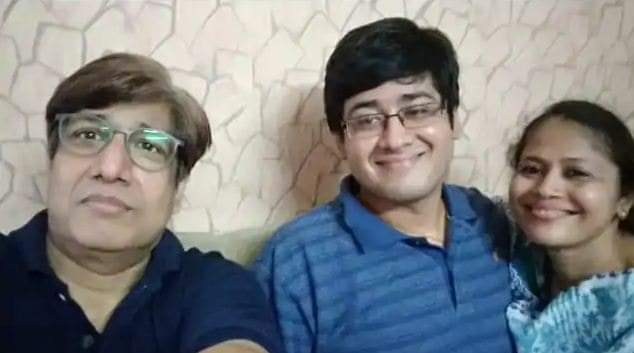


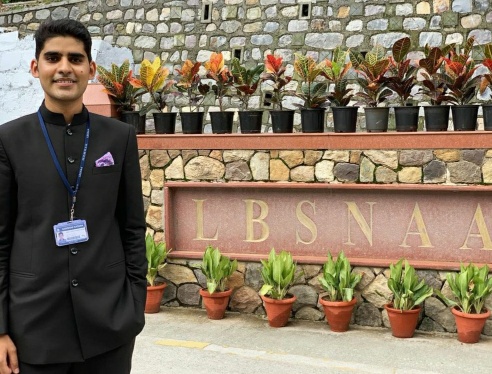
![Pratibha Verma [UPSC Topper] Book list, optional subject, Age, Family, Caste, Biography & More images-2B-252875-2529.jpeg](https://iasbio.com/wp-content/uploads/2020/11/images-2B-252875-2529.jpeg)
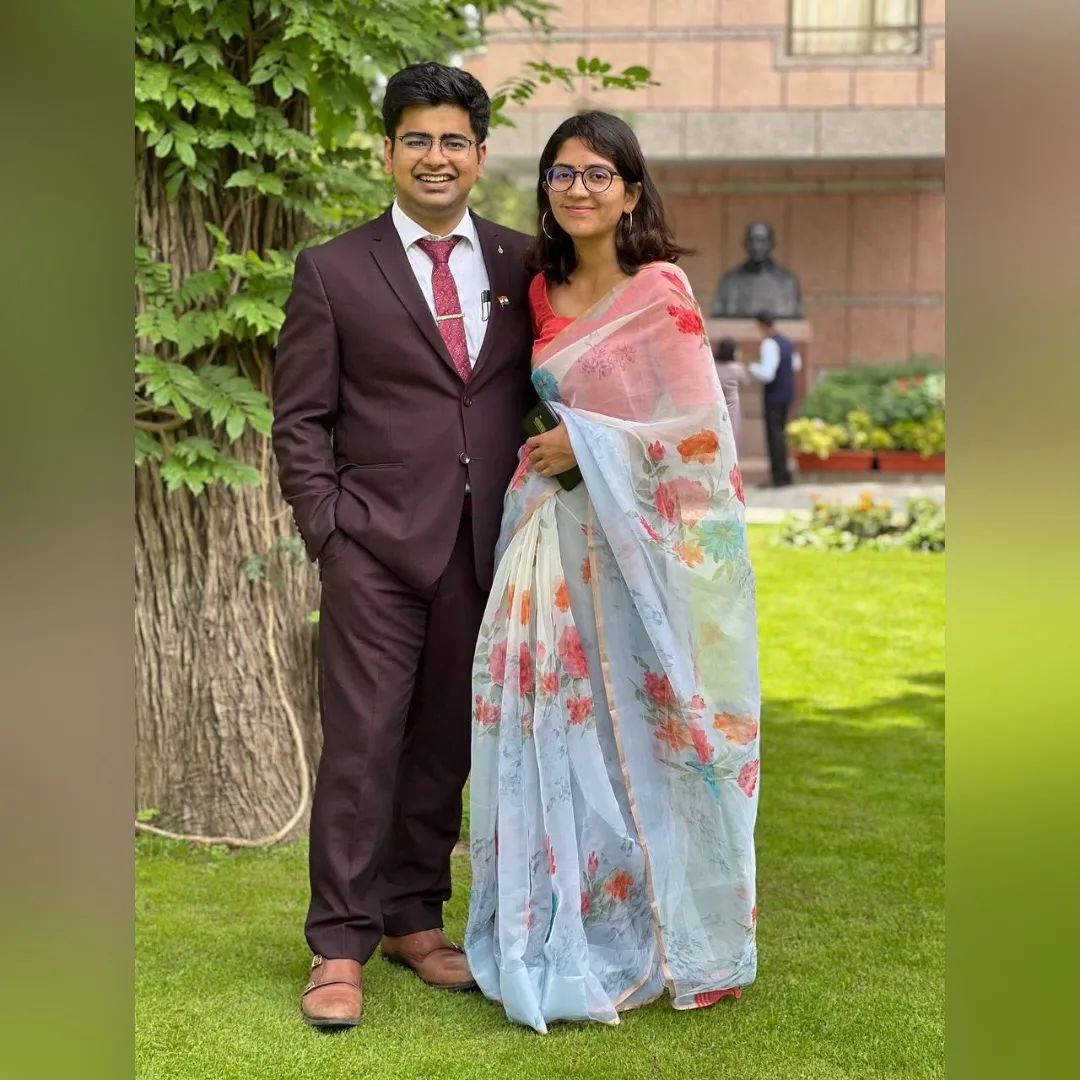
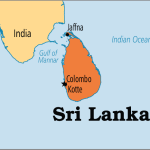
![Himanshu Jain [UPSC topper 2019] Biography, Age, Family, Caste & More images-2B-252876-2529.jpeg](https://iasbio.com/wp-content/uploads/2020/11/images-2B-252876-2529.jpeg)

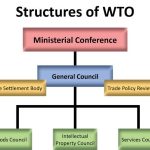


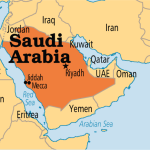

![Vishakha Yadav [UPSC Rank 6] marksheet, Biography, Age, Family, optional & More rps20201111_175913.jpg](https://iasbio.com/wp-content/uploads/2020/11/rps20201111_175913.jpg)